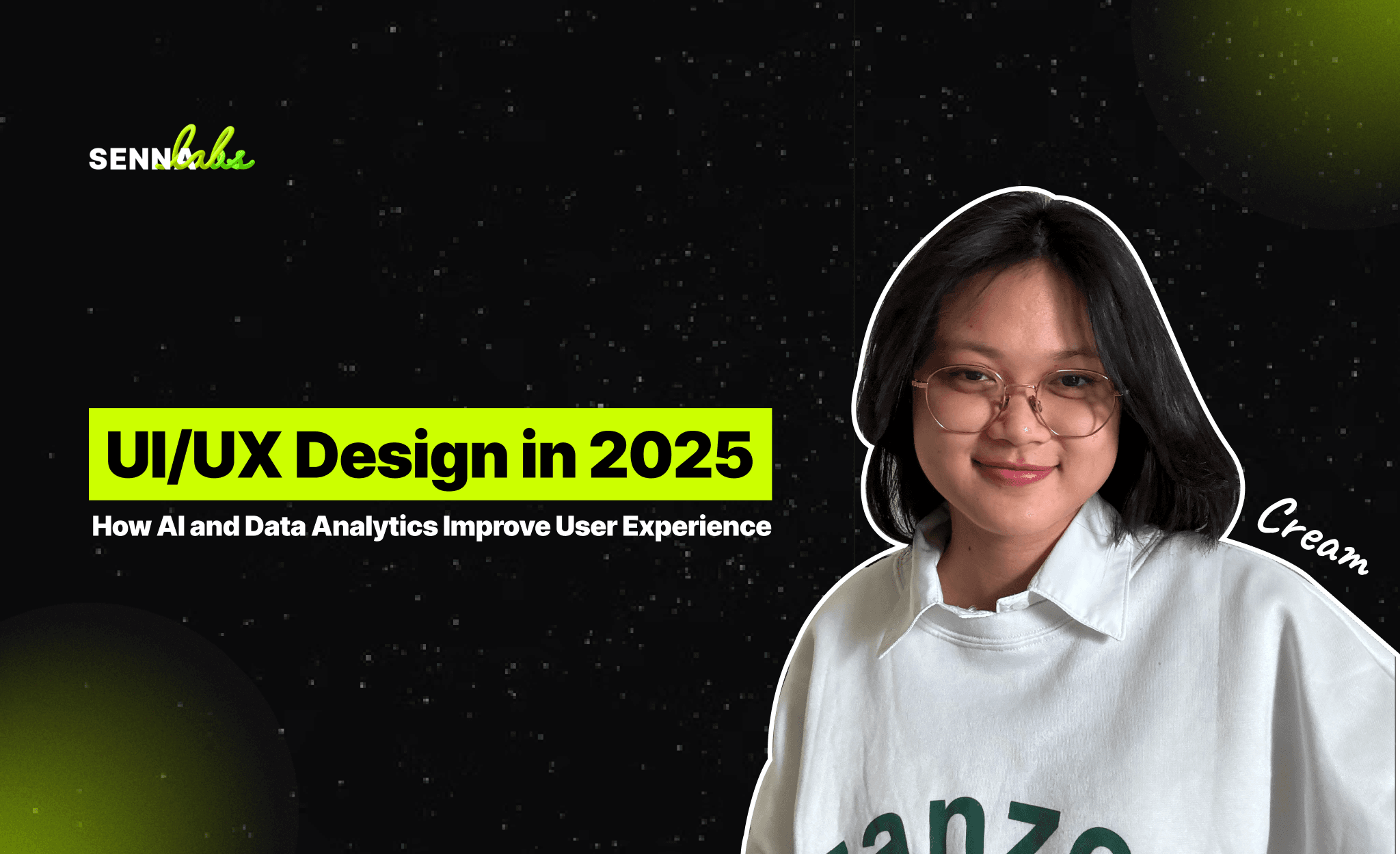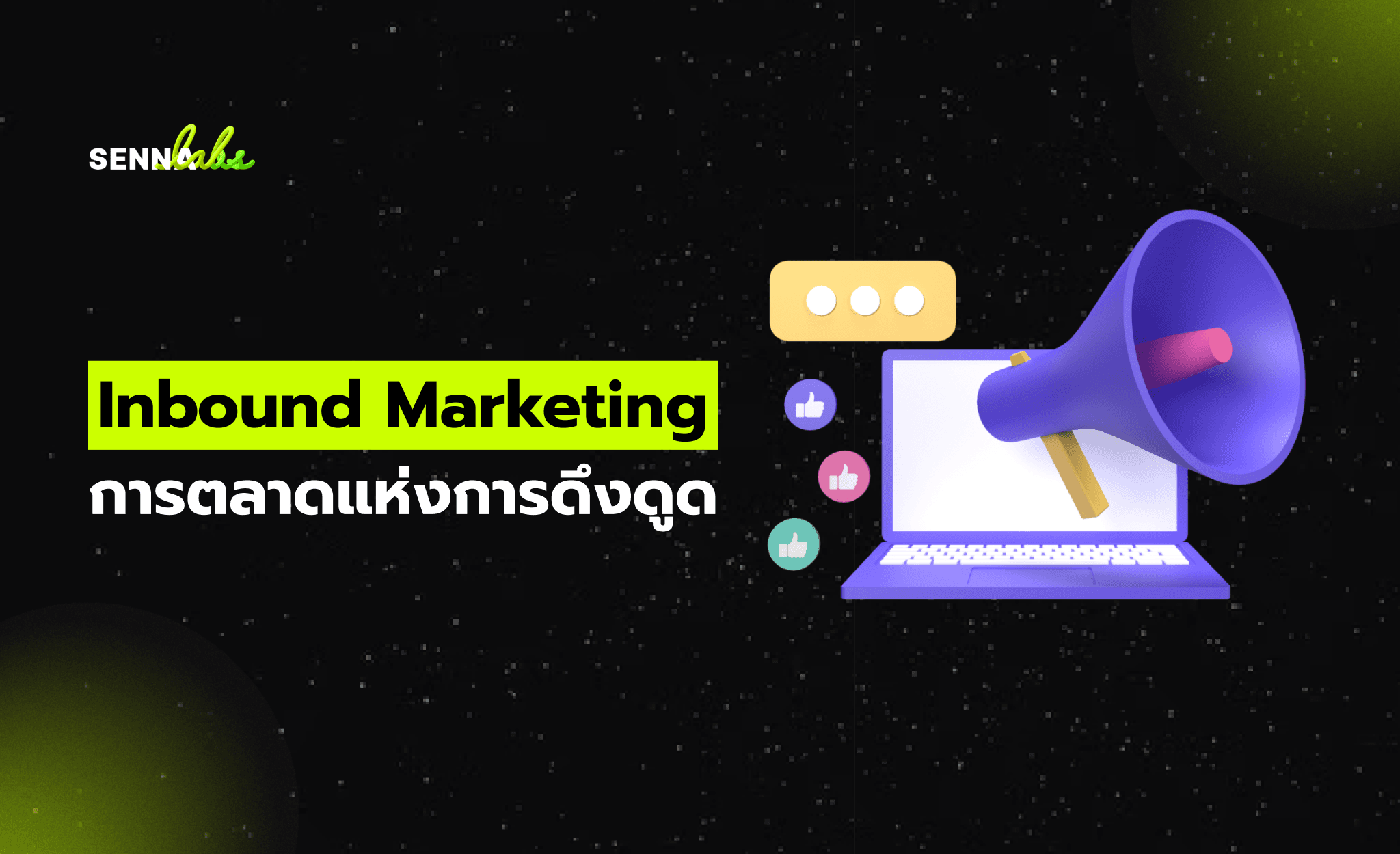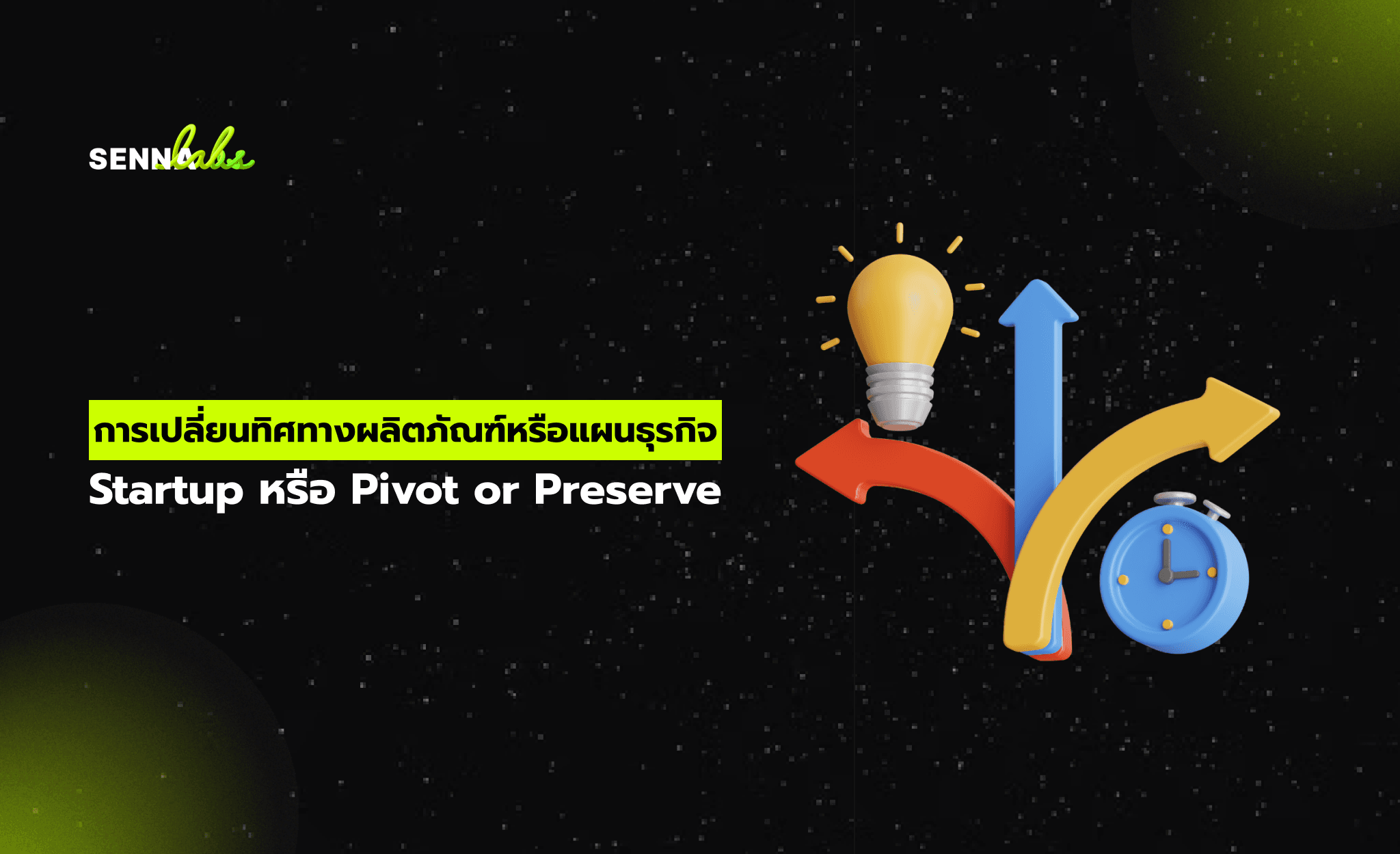UI/UX Design in 2025: How AI and Data Analytics Improve User Experience
Share

As digital experiences become increasingly sophisticated, businesses must adopt AI-driven UI/UX strategies to meet evolving user expectations. In 2025, Artificial Intelligence (AI) and Data Analytics are transforming how websites and applications analyze user behavior, predict interactions, and dynamically adjust interfaces to enhance engagement and conversion rates.
A strong example of this shift is Senna Labs, which leverages AI-powered analytics to track user behavior and dynamically redesign UI/UX based on real-time data. This approach allows businesses to deliver highly personalized experiences that improve usability and drive conversions.
This article explores how AI and data analytics are revolutionizing UI/UX design, the key trends in 2025, and how businesses can implement these technologies to stay competitive.

The Evolution of UI/UX Design: From Static to AI-Driven Interfaces
Traditional vs. AI-Driven UI/UX Design
|
Feature |
Traditional UI/UX |
AI-Driven UI/UX (2025) |
|
User Research |
Surveys, A/B Testing |
Real-time AI Analytics & Heatmaps |
|
Design Adjustments |
Manual UX Testing |
Automated AI-Powered Optimization |
|
Personalization |
One-size-fits-all |
Adaptive UI Based on User Data |
|
Navigation |
Predefined Menus & Buttons |
Predictive UX & Voice-Based Navigation |
|
User Interaction Analysis |
Session-Based Reports |
AI-Driven Behavioral Insights |
AI and Data Analytics allow interfaces to adapt dynamically based on user preferences, making digital experiences more intuitive and personalized.
Key AI-Driven UI/UX Trends in 2025
1) AI-Powered Predictive UX
-
AI anticipates user intent and suggests actions before the user makes a decision.
-
Example: E-commerce platforms dynamically change product layouts based on past browsing behavior.
2) Personalized Interfaces with Adaptive UI
-
AI modifies button placements, font sizes, and color schemes based on individual user preferences.
-
Dark mode and accessibility settings are auto-adjusted based on real-time conditions.
3) AI-Powered Heatmaps and Behavior Tracking
-
AI analyzes mouse movements, scroll behavior, and click tracking to optimize website layouts.
-
Heatmap tools such as Crazy Egg and Hotjar AI help businesses identify UI pain points.
4) Conversational UI and Voice-Enabled Experiences
-
Websites and apps now integrate AI chatbots and voice assistants for smoother interactions.
-
AI-driven Natural Language Processing (NLP) improves chatbot conversations and automated support.
5) Emotion AI in UI/UX
-
AI detects user emotions through facial recognition and sentiment analysis to adjust UI elements dynamically.
-
Example: If a user shows frustration, AI can simplify navigation or suggest alternative options.
Real Use Case: How Senna Labs Uses AI-Powered UI/UX Analytics
Challenge
Senna Labs aimed to improve customer engagement and conversion rates by optimizing UI/UX dynamically based on user interactions. Key challenges included:
-
High bounce rates due to complex navigation.
-
Low engagement on mobile and desktop versions.
-
Manual UX testing delays in identifying usability issues.
Solution: AI-Powered UI/UX Optimization
-
Behavior Tracking: AI monitored how users interacted with pages, buttons, and forms in real time.
-
Dynamic UI Adjustments: AI automatically adjusted CTA placements, form layouts, and product recommendations.
-
Personalization Engine: AI tailored website themes and layouts for different user segments.
Results
-
Bounce rate reduced by 35% after AI optimized navigation and layouts.
-
Conversion rates increased by 28%, as AI improved call-to-action effectiveness.
-
User engagement improved by 40%, with adaptive interfaces based on browsing behavior.
Senna Labs’ implementation proves the effectiveness of AI-driven UI/UX strategies in improving user interactions and business performance.
How to Implement AI and Data-Driven UI/UX Strategies
Step 1: Use AI-Powered Analytics for Behavior Tracking
-
Tools like Google Analytics 4 (GA4), Hotjar AI, and FullStory track real-time user interactions.
-
Identify high-exit pages and friction points for UI improvements.
Step 2: Implement AI-Driven A/B Testing
-
Instead of manual A/B tests, AI platforms like Optimizely and VWO dynamically test multiple UI versions.
-
AI selects the most effective layout based on real-time user engagement metrics.
Step 3: Enable Adaptive UI for Personalization
-
AI modifies layouts and recommendations based on individual preferences and browsing history.
-
E-commerce sites can use AI to rearrange product pages dynamically for different users.
Step 4: Integrate AI-Powered Chatbots and Voice Assistants
-
AI chatbots like Drift, Intercom, and ChatGPT enhance customer support and engagement.
-
Voice-based navigation can improve accessibility and mobile UX.
Step 5: Optimize for Core Web Vitals and Speed
-
AI tools like PageSpeed Insights optimize site load time, mobile responsiveness, and interactivity.
-
Improve First Input Delay (FID), Largest Contentful Paint (LCP), and Cumulative Layout Shift (CLS) for SEO ranking benefits.
Challenges of AI-Driven UI/UX Design
1) Data Privacy and Compliance
-
AI-driven UI/UX requires extensive user data, which must comply with GDPR, CCPA, and other regulations.
2) AI Over-Automation Risks
-
Excessive AI automation can create a disconnected, robotic experience that feels impersonal.
3) High Initial Investment
-
Implementing AI-based UI/UX analytics requires investment in tools and data processing infrastructure.
The Future of AI in UI/UX Design
1) AI-Generated Design Systems
-
AI will automatically create entire UI layouts based on business needs, reducing manual design work.
2) Neurodesign and Emotion-Driven UI
-
AI will analyze facial expressions and biometric data to adjust UI/UX based on emotional states.
3) Augmented Reality (AR) and AI Integration
-
AR-powered UI/UX will enhance immersive experiences in e-commerce, gaming, and real estate.
4) AI-Driven No-Code and Low-Code Design Platforms
-
AI will simplify drag-and-drop website builders with real-time UX recommendations.
Conclusion:
AI-powered UI/UX is reshaping digital experiences, allowing businesses to optimize interactions in real time, improve personalization, and increase engagement. Senna Labs’ success with AI-driven UI/UX analytics demonstrates how AI can enhance customer journeys, improve conversion rates, and reduce user frustration.

Share

Keep me postedto follow product news, latest in technology, solutions, and updates
Related articles
Explore all


